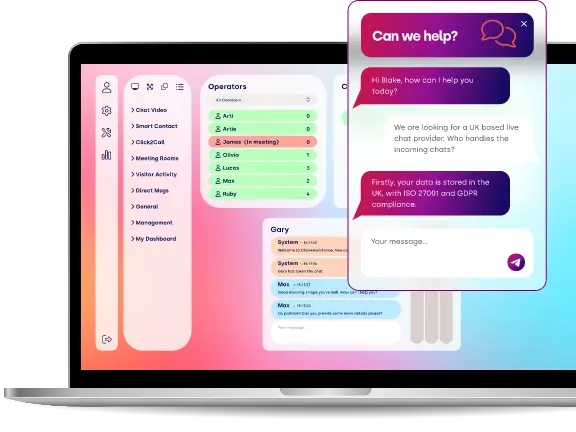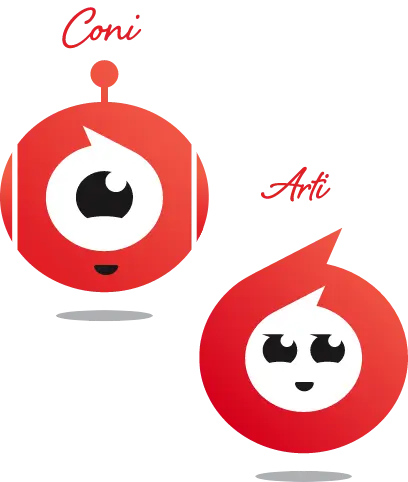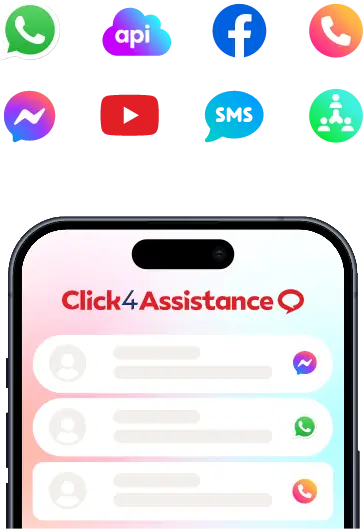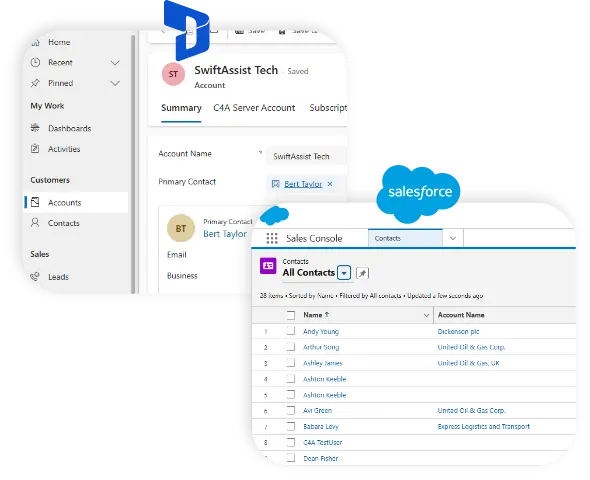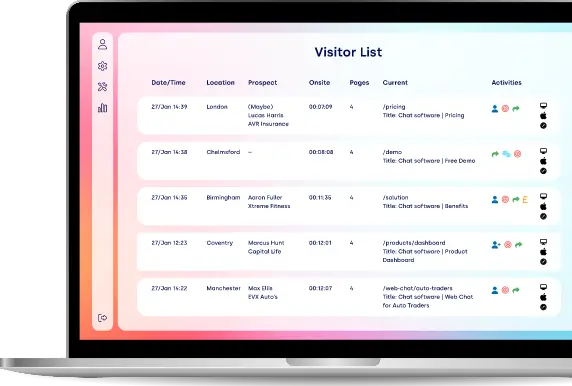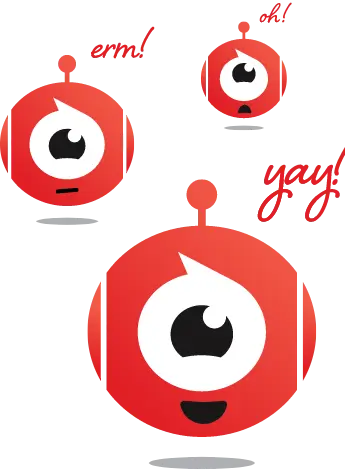Create Chatbot for Business Websites: Boost Sales & Support with AI Automation
In an era of instant communication, users expect prompt and helpful responses from the businesses they interact with. Whether they're asking about product availability, tracking an order, or looking for pricing information, potential customers want answers—now.

If your business website can’t provide those answers fast, you risk losing leads to competitors who can. That’s where AI-driven chatbots come in. Chatbots are not just trendy—they are a powerful tool for enhancing customer experience, automating sales, and reducing support costs.
In this comprehensive guide, you’ll learn exactly how to create chatbot for business websites that works around the clock, improves operational efficiency, and drives meaningful results.
Table of Contents
- Why Every Modern Business Needs a Chatbot
- Why You Should Create Chatbot for Business Websites
- Key Features to Include When You Create Chatbot for Business Websites
- How to Create Chatbot for Business Websites – Step-by-Step
- SEO Tips When You Create Chatbot for Business Websites
- Recommended Tools to Create Chatbot for Business Websites
- Human Oversight – Still Essential
- Chatbots Are No Longer a “Nice-to-Have,” They Are a “Must-Have”
- Ready to Create Chatbot for Business Websites?
Why Every Modern Business Needs a Chatbot
In the fast-paced world of digital business, consumers expect instant answers, personalized service, and round-the-clock engagement. As technology continues to evolve, businesses that don't meet these demands risk falling behind competitors who are leveraging the power of AI. Among the most effective tools available today for improving customer interactions are chatbots—AI-driven assistants capable of engaging users instantly and handling multiple tasks simultaneously.
But why are chatbots so essential for businesses today?
1. Instant Gratification is Key in Customer Experience
The rise of instant messaging and on-demand services has fundamentally changed how consumers interact with businesses. A 2020 report from PwC revealed that 59% of consumers say that the ability to interact with a company at any time is one of the most important factors in their decision to purchase. With increasing customer expectations, businesses are expected to respond immediately, or risk losing sales to competitors who are more agile.
A chatbot, being available 24/7, eliminates this problem by offering immediate answers to queries. Whether a potential customer has a question about product availability at 2 AM or needs urgent customer support on a weekend, chatbots can provide those responses instantly, ensuring that no lead is lost and that users don’t feel neglected.
2. The Growing Demand for AI-Driven Solutions
Artificial intelligence (AI) isn’t a futuristic concept anymore; it’s becoming integral to business operations. According to a study by Business Insider, the chatbot market is expected to grow from $2.6 billion in 2019 to $9.4 billion by 2024, reflecting an annual growth rate of 29.7%. This dramatic increase in adoption is fueled by the growing capabilities of AI and the recognition that businesses need to adopt smart solutions to remain competitive in a digital-first world.
The ability of chatbots to simulate human conversation means they can handle tasks ranging from answering frequently asked questions to qualifying leads to even closing sales. In fact, Gartner predicts that by 2025, 75% of customer service interactions will be powered by AI, a statistic that showcases how integral chatbots are becoming to customer service strategies.
3. Cost Savings and Operational Efficiency
One of the most significant advantages of deploying chatbots is cost reduction. Customer service is expensive—especially if it involves 24/7 availability. According to IBM, companies can save up to $11 billion annually by using chatbots for customer service. Why? Because chatbots can manage thousands of customer inquiries simultaneously without needing breaks, vacations, or shift changes, unlike human agents.
Moreover, chatbots significantly reduce the need for live agents to answer repetitive, simple questions, allowing human staff to focus on more complex tasks that require critical thinking and empathy. This increases overall efficiency and productivity across the board.
4. Chatbots Drive Sales and Lead Generation
Chatbots aren’t just for customer service—they are powerful sales tools as well. Studies show that 67% of consumers worldwide have used a chatbot for customer support, and 55% of people are willing to make purchases through a chatbot. Whether they are providing product recommendations, answering specific queries, or guiding users through the checkout process, chatbots can boost conversion rates by offering a seamless buying experience.
Furthermore, chatbots have been shown to increase lead generation efforts. According to a 2019 survey by Drift, 35% of businesses using chatbots reported an increase in sales and 24% reported a reduction in marketing costs. With smart automation, chatbots can effectively capture, qualify, and nurture leads, improving overall sales performance without the need for an expanded sales team.
5. Improving Customer Engagement and Retention
Chatbots excel at personalized interactions, which is crucial for modern marketing. By integrating with your CRM system, chatbots can collect detailed customer information, track preferences, and deliver tailored experiences in real-time. For example, if a user returns to your website after a previous visit, a chatbot could greet them by name and suggest products based on their browsing history.
This level of personalization is becoming increasingly important to customers. According to Salesforce, 70% of consumers say a company’s understanding of their individual needs influences their loyalty. By providing immediate and customized interactions, chatbots create a more engaging experience, ultimately increasing customer retention and fostering long-term loyalty.
6. The ROI of Chatbots: Real Numbers, Real Impact
When implemented correctly, chatbots can generate a high return on investment (ROI). Juniper Research found that chatbots will save businesses $8 billion annually by 2022, a sharp increase from the $20 million saved in 2017. The financial impact is immense, especially considering that the cost of implementing a chatbot can be much lower than maintaining a full customer service team, particularly for handling routine inquiries.
Additionally, chatbots can provide companies with valuable insights into customer behavior, allowing them to refine their marketing strategies, identify pain points in the customer journey, and improve product offerings—all contributing to a more profitable business.
7. The Shift Toward Self-Service and Automation
Another important trend is the rise of self-service among consumers. A 2020 study by Nielsen revealed that 70% of consumers prefer to solve problems themselves rather than speak to a customer service representative. This preference is one of the driving forces behind the surge in chatbot adoption. Chatbots meet this demand by providing users with the tools they need to resolve issues without needing to interact with a human agent.
This shift to automation is not just a convenience but a competitive necessity. As customer expectations evolve, businesses need to adapt by offering instant, self-service options like chatbots, which can resolve basic issues and escalate more complex ones to human agents when necessary.
Why You Should Create Chatbot for Business Websites
1. 24/7 Availability & Instant Responses
Unlike live support agents, chatbots never sleep. They’re available around the clock, ready to greet website visitors, answer basic queries, and guide users toward next steps. This round-the-clock accessibility creates a seamless user experience, especially for customers in different time zones or browsing outside of business hours.
By eliminating wait times and delivering real-time answers, chatbots can reduce bounce rates and increase customer satisfaction—critical factors for both sales and SEO.
2. Lead Generation & Qualification
Chatbots can act as your digital sales team. With pre-programmed flows and smart logic, they can qualify leads by asking targeted questions about budget, business size, goals, or service interest. Qualified leads can be sent directly to your CRM, email list, or live sales rep.
This not only reduces manual lead sorting but also ensures your sales team focuses only on the most promising opportunities.
3. Cost-Effective Support
Customer support can be expensive—especially if you're staffing a large team to handle repetitive queries. Chatbots can drastically reduce support costs by handling routine questions like shipping details, return policies, or appointment bookings.
This allows your human support agents to dedicate their time to higher-value, complex queries, improving both team efficiency and customer outcomes.
4. Personalized Customer Interactions
Modern AI chatbots integrate with CRMs and user behaviour data to deliver customized messages. For example, returning visitors can be greeted by name, offered tailored product suggestions, or reminded about abandoned carts. This type of personalization increases engagement and drives conversion rates.
5. Scalability and Multitasking
A live agent can handle only one conversation at a time. A chatbot can manage hundreds—simultaneously. Whether your site sees 100 visitors per day or 10,000, your chatbot can engage them all with no drop in service quality or speed.

Powering Customer Engagement Across All Industries
From healthcare to finance, retail to education, our chat platform is designed to meet the unique needs of your UK business. It boosts customer engagement across all industries with customised solutions.
Key Features to Include When You Create Chatbot for Business Websites
When choosing or building a chatbot, look for features that align with your business goals and user expectations.
1. Natural Language Processing (NLP)
NLP enables the chatbot to understand user inputs beyond fixed commands. It deciphers intent and responds in a more human-like way, creating a conversational, natural interaction instead of a robotic one.
2. Multi-Step Conversation Flow
The ability to carry out multi-step, logical conversations is vital. Your chatbot should remember what users have said previously, allowing for more complex interactions like booking appointments, making purchases, or escalating issues seamlessly.
3. Human Agent Handoff
Not all interactions should be fully automated. Your chatbot should offer the ability to escalate queries to a human when necessary, particularly when the issue is too complex or sensitive for automation.
4. CRM and Tool Integrations
Connect your chatbot with tools like Salesforce, HubSpot, Zendesk, or Mailchimp to sync data and streamline your workflows. Integrations also enable the chatbot to pull in dynamic content like order status, shipping updates, or user history.
5. Analytics and Reporting
Good chatbots come with built-in analytics dashboards that show engagement metrics, drop-off points, and user behaviour insights. These reports help you fine-tune scripts, improve flow logic, and increase conversion rates.
6. Security & Compliance
Especially for e-commerce, healthcare, or financial websites, make sure your chatbot platform is GDPR-compliant and follows encryption and security best practices. Your users need to trust your data handling processes.
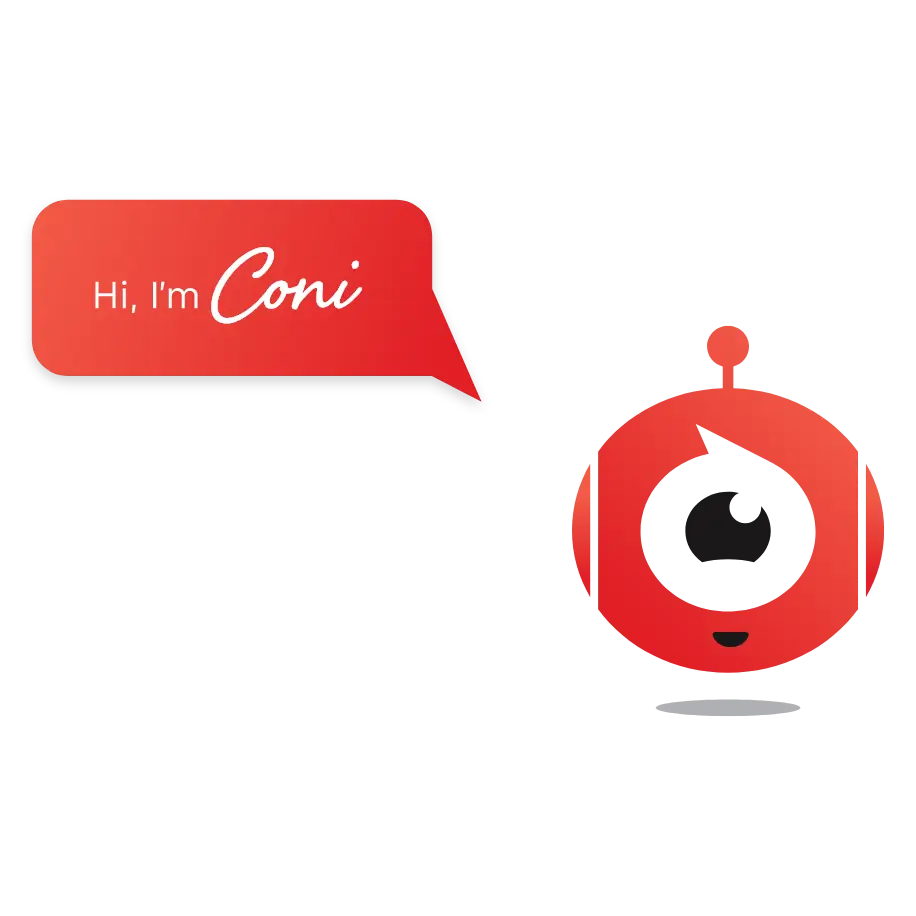
See Coni the Chatbot in Action for Automotive Industries
From automotive to finance and education, our industry-tailored chatbots are designed to meet your specific needs. Discover how chatbots can enhance engagement and streamline customer experiences.
How to Create Chatbot for Business Websites – Step-by-Step
Step 1: Define Your Goals
Start by identifying what you want your chatbot to accomplish. Are you looking to reduce support tickets, increase lead generation, or improve customer engagement? Your chatbot’s goals will determine its tone, complexity, and integration requirements.
Examples:
- Capture 50+ new leads per week
- Resolve 80% of product-related questions automatically
- Increase demo bookings by 20%
Step 2: Design the Chat Flow
Use a chatbot flow diagram to map out conversations. Include greetings, menu options, responses to FAQs, and potential dead ends. Be sure to account for unexpected inputs and include fallback messages.
Step 3: Choose a Platform or Framework
Choose between no-code chatbot builders (e.g., Click4Assistance, Tidio, Chatfuel) or developer frameworks (e.g., Botpress, Dialogflow, Microsoft Bot Framework).
No-code platforms are great for small to medium businesses. Custom frameworks offer more control and integrations for larger enterprises.
Step 4: Customize the Chatbot Interface
Design the chatbot UI to match your branding. Customize the avatar, welcome message, and color scheme. Consider tone: is your brand voice formal, friendly, or humorous?
Step 5: Train the Chatbot
If you’re using NLP, train the bot on expected user inputs using sample phrases (utterances) and intents. The more diverse your training data, the more accurate your bot will be.
Step 6: Integrate with Business Tools
Connect the chatbot to your CRM, calendar app, live chat tool, or email marketing platform to create a seamless user journey from first interaction to conversion.
Step 7: Test Extensively
Before launching, simulate user interactions, test on different devices, and ensure the chatbot correctly handles both expected and unexpected queries. Include human handoff routes and verify integrations.
Step 8: Launch and Promote
Embed the chatbot using the provided JavaScript code or plugin. Trigger it based on user behavior—like time spent on a page, scroll depth, or exit intent.
Let users know your chatbot is available by promoting it in pop-ups, sidebars, or headers.
Step 9: Monitor & Optimise
Use the chatbot’s analytics dashboard to identify where users drop off, what questions are most common, and where improvements can be made. Continuously refine your flow and add new capabilities based on this data.
SEO Tips When You Create Chatbot for Business Websites
1. Leverage Chat Data for SEO
Review your chatbot logs to see what people are asking. These queries can uncover new long-tail keyword opportunities for your blog, FAQs, and landing pages.
2. Publish FAQ Pages Based on Bot Questions
Create an FAQ section on your website using real chatbot data. This provides SEO-optimized content and reduces repetitive user queries.
3. Use Structured Data
Apply FAQ or How-To schema markup to your chatbot-related content so that it appears as a rich result in Google searches.
4. Optimize Page Speed
Ensure your chatbot doesn’t slow down your website’s load time. Lazy load your bot if needed and compress supporting files to maintain a high page speed score.
5. Mobile Responsiveness
Make sure your chatbot looks and functions correctly on all devices. Google’s mobile-first indexing makes responsive design essential for SEO.
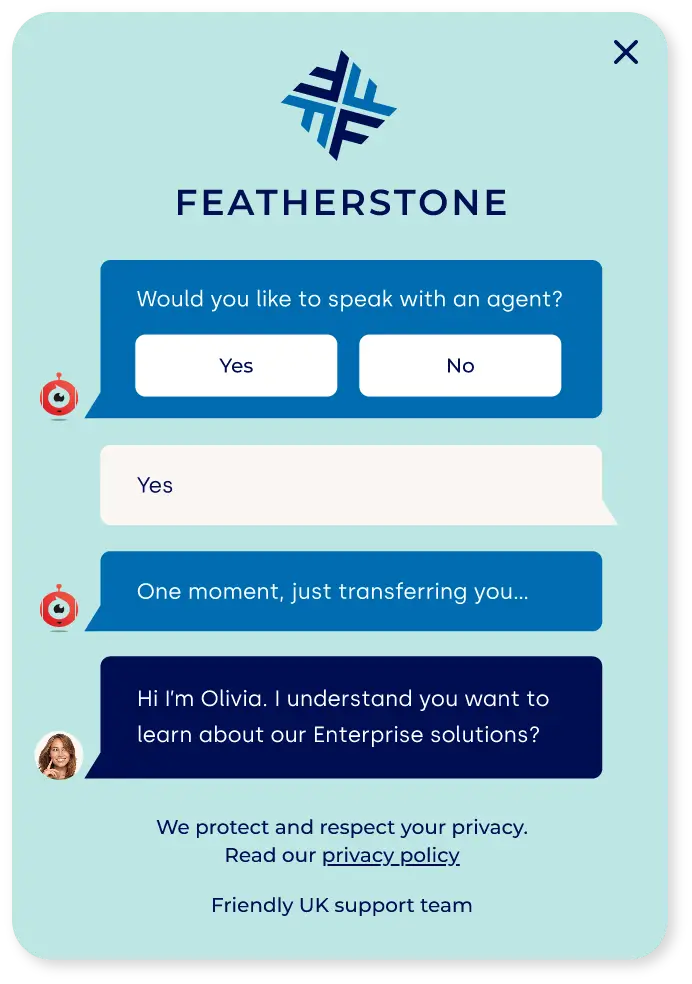
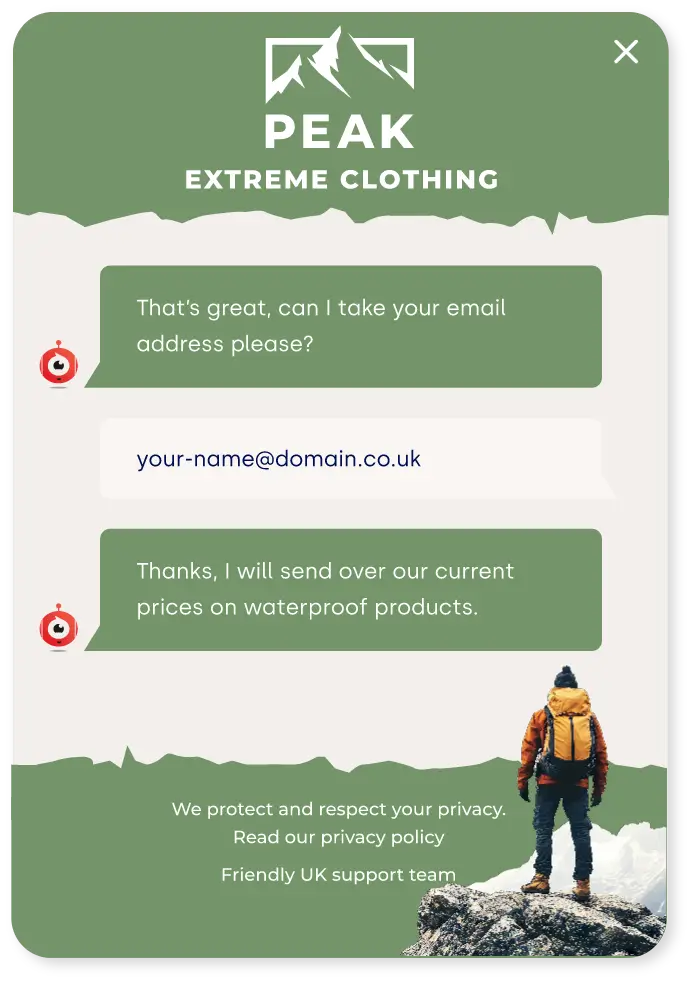
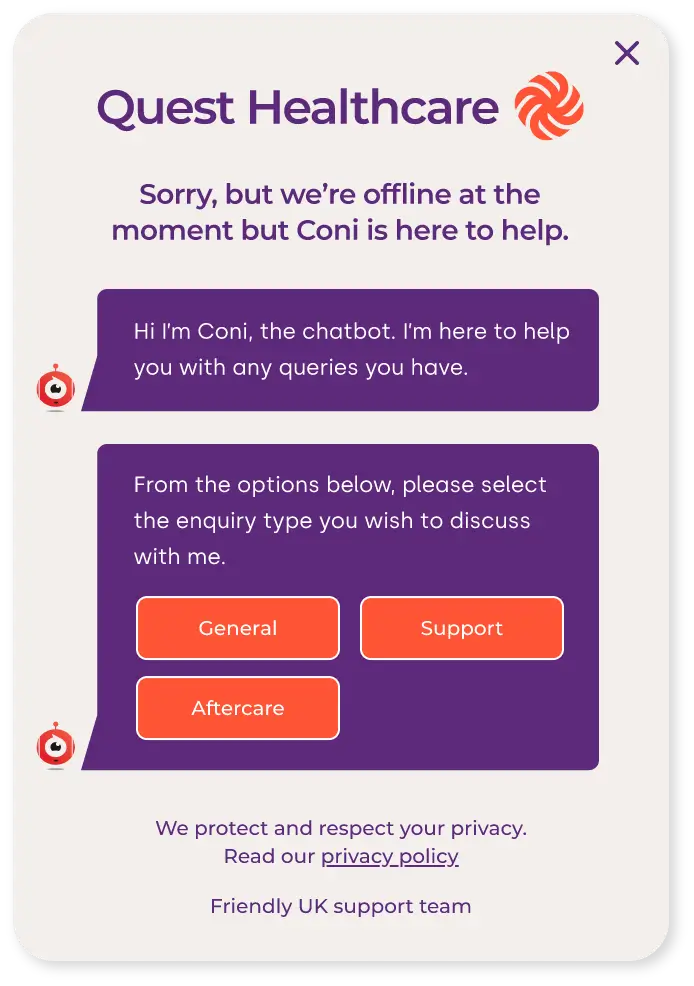
Here are some of the most effective tools available today:
| Tool | Best For | Key Features |
|---|---|---|
| Click4Assistance | UK-based businesses, GDPR compliance | Drag-and-drop builder, live chat integration |
| Tidio | E-commerce & real-time engagement | Shopify & WooCommerce integration, chat flows |
| Chatbase | Rapid bot training from website or PDF | Easy upload, AI training, embed code provided |
| Botpress | Developers needing full customization | Open-source, API access, advanced NLP |
| MobileMonkey | Multichannel automation | Works across SMS, Instagram, Facebook, web |
Human Oversight – Still Essential
Even the most advanced AI chatbot has limitations. Businesses are increasingly adopting a “human-in-the-loop” approach to quality control. This means reviewing chatbot conversations regularly, retraining models, and keeping the experience aligned with customer expectations.
Tip: Include a visible option in the chatbot to “Speak to a human” at any point.
Chatbots Are No Longer a “Nice-to-Have”, They Are a “Must-Have”
In conclusion, the case for businesses to adopt chatbots is stronger than ever. With their ability to provide 24/7 support, personalize user experiences, reduce operational costs, and boost sales, chatbots are quickly becoming a fundamental part of the modern business landscape.”
By creating chatbot solutions for business websites, companies can stay ahead of the curve in delivering exceptional customer experiences while simultaneously streamlining operations and increasing revenue.
The data doesn’t lie: AI and automation are the future of customer engagement, and businesses that fail to integrate these tools into their digital strategy risk falling behind their competitors. If you haven’t already, now is the time to create a chatbot for your business website.
Ready to Create Chatbot for Business Websites?
Building a chatbot is no longer a luxury—it’s a competitive necessity. Whether you want to reduce costs, improve user experience, generate leads, or support customers, a well-designed chatbot can transform how your business operates online.
To recap:
- Define your goals and user journeys
- Choose the right tool for your needs
- Train and test your chatbot for accuracy and friendliness
- Integrate with key platforms for a seamless customer journey
- Monitor analytics and iterate for improvement
- Use chatbot data to boost SEO and content strategy
If you're ready to create chatbot for business websites, start small, test thoroughly, and scale as you learn what your customers respond to. The earlier you adopt AI-driven engagement, the more edge you gain in today’s digital marketplace.
See Click4Assistance in Action
Schedule a demo with our experts and explore the power of live chat and AI-driven engagement tools tailored to your business.

